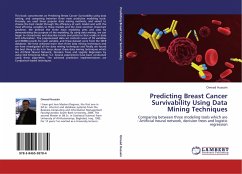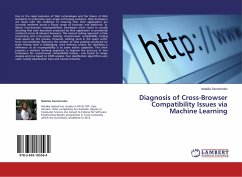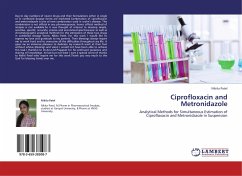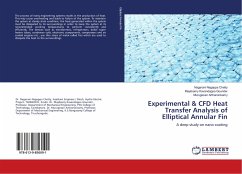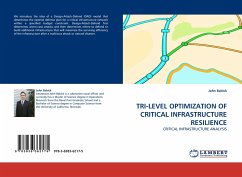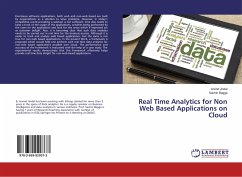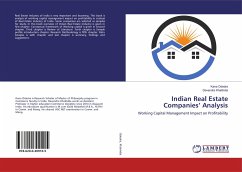
Predicting Scour in Hawaiian Rivers
Evaluation of the SRICOS-EFA Method
Versandkostenfrei!
Versandfertig in 6-10 Tagen
55,99 €
inkl. MwSt.

PAYBACK Punkte
28 °P sammeln!
The Hawai'i Department of Transportation (HDOT) has a vested interest in the integrity of bridges and their foundations during heavy floods. It is known that many of the older existing bridges in Hawai'i were not designed for scour. Therefore, it is critical to have an accurate assessment of their scour potential. In addition, it is also critical to obtain accurate scour predictions when designing new bridges. An underestimate of the scour depth could lead to potential risk of bridge failure while an overestimate can increase the cost of the new bridge construction unnecessarily. No matter wha...
The Hawai'i Department of Transportation (HDOT) has a vested interest in the integrity of bridges and their foundations during heavy floods. It is known that many of the older existing bridges in Hawai'i were not designed for scour. Therefore, it is critical to have an accurate assessment of their scour potential. In addition, it is also critical to obtain accurate scour predictions when designing new bridges. An underestimate of the scour depth could lead to potential risk of bridge failure while an overestimate can increase the cost of the new bridge construction unnecessarily. No matter what type of soil is present at existing bridges in Hawai'i, scour calculations are traditionally performed based on HEC-18 equation which was obtained from experiments conducted to study scour in granular soils. Known as the SRICOS (Scour Rate In Cohesive Soils) method, Briaud et al. (1999 and 2005) developed another procedure for predicting scour in cohesive soils, which has recently been included in HEC-18. It accounts for time-dependent scour in silts and clays and requires erodibility testing on soil samples using an Erosion Function Apparatus (EFA).



